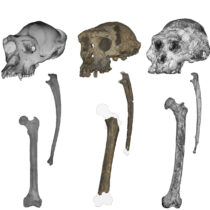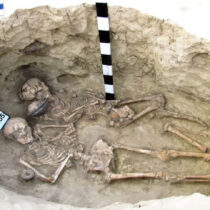Athamania on the mountainous land of Pindos ranges between Epirus, Thessaly and Aetolia. Acheloos River, the ancient Inachos, runs across this land forming steep and deep ravines. The communication between Epirus and Thessaly was made possible only by mountainous passages.A network of roads crossing the land made Athamania an important political, financial and military place in antiquity. Athamas was the eponymous hero of the Athamanes who are mentioned as an Epirotan tribe, while after the second century BC they are considered to be Thessalians. They appear on the Greek scene in the early fourth century BC. Athamania flourished in the late third and early fourth century BC when the land was ruled by king Amynandros. An inscription of around 165 BC. mentions “The Commons of Athamanes” an institution further certified by another, later inscription of around 80 BC. Archaeological data of the historic period have been located in various sites of the area. Titus Livius mentions four towns of Athamania, Theudoria or Theodoria, Tetraphylia, Heracleia and Argithea, the latter being the capital of the region. Argithea is located by various travellers close to the omonymous village (Knisovo). At the site “Ellinika” of Argithea, where the ruins of an ancient town have been preserved, a part of the town cemetery has been excavated. The cist-shaped graves are made of limestone slabs. Many tombs contain various offerings such as pottery, weapons, jewelry, coins and other suitable objects.
The inhabitants of Athamania were mainly cattle-breeders since the climate and landscape of their region favoured this occupation. To overcome the steep formation of their land they had to create small soil embankments for cultivation. Their towns were not fortified since nature provided them with the best possible protection. Athamanes, a competent society, even issued their own coin bearing the inscription ΑΘΑΜΑΝΩΝ and the representation of Athena or Dione, their patron goddesses.


